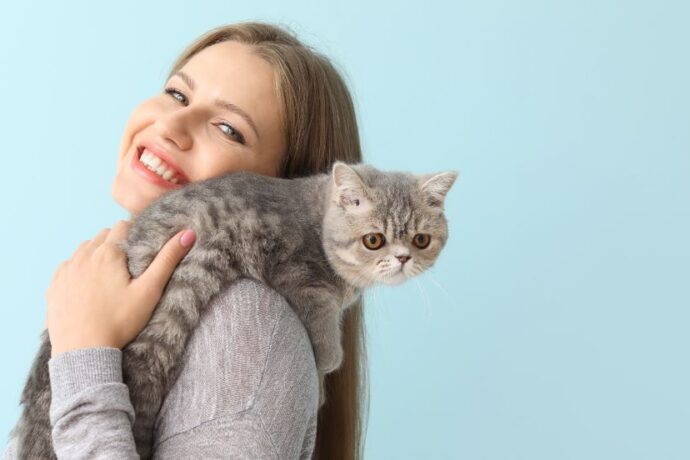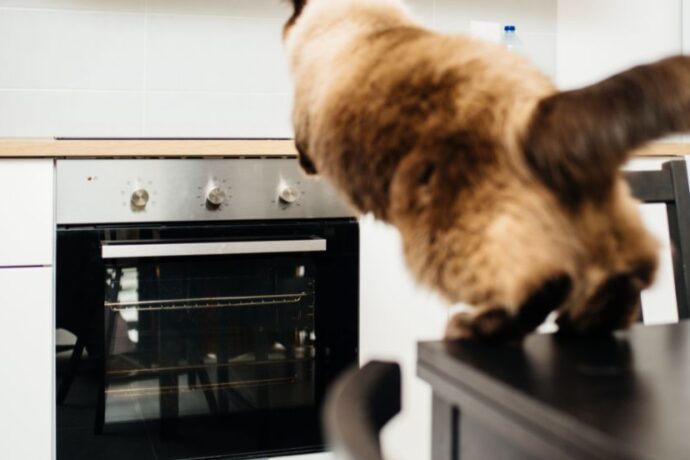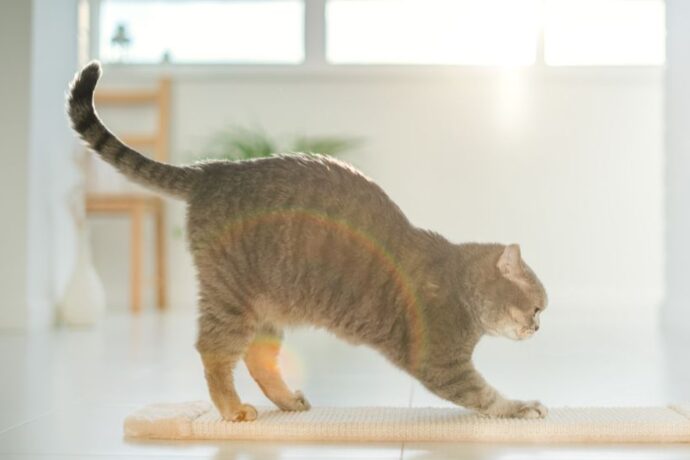If you share your home with a cat, you’ve likely experienced the frustration of finding bits of litter scattered across your floors, on your couch, and sometimes even in your bed. No matter how tidy your feline friend may be, cat litter tracking can feel unavoidable. The good news? It’s not. With a few strategic changes, you can drastically reduce the mess and keep your space cleaner — without making your cat uncomfortable.
7 Tips to Help Stop Cat Litter Tracking
1. Choose the Right Type of Cat Litter
Not all litters are created equal. Lightweight or fine-grained litters tend to cling to your cat’s paws more easily, leading to increased tracking. Opt for heavier, low-dust varieties such as pellet-based, crystal, or clumping clay litters. According to a study published in Applied Animal Behavior Science, cats prefer fine-grained litter for comfort — but balancing comfort with cleanliness means choosing a mid-weight texture that doesn’t stick excessively (1).
2. Invest in a Litter Mat That Actually Works
A high-quality litter mat placed just outside the litter box can make a huge difference. Mats with deep grooves or honeycomb designs trap litter particles as your cat walks out. Cleaning the mat regularly by shaking it outside or vacuuming helps keep the system effective. Think of it as a “doormat” for your cat’s paws.
3. Upgrade to a High-Sided or Top-Entry Litter Box
Cats often kick or jump out of the litter box with gusto, sending particles flying in all directions. Switching to a high-sided or top-entry litter box minimizes the mess. Research from the Journal of Feline Medicine and Surgery indicates that cats adjust well to enclosed boxes as long as they have sufficient entry space and ventilation (2).
4. Keep the Area Around the Litter Box Clean and Contained
Designate a specific “litter zone.” Place the box in an easy-to-clean area such as a tiled corner or a laundry room. Use rugs or washable pads beneath and around the box to catch stray pieces. Regular sweeping or vacuuming of this zone prevents litter from being tracked further into your home.
5. Regularly Trim Your Cat’s Paw Fur
Long-haired cats often carry more litter simply because it clings to the fur between their toes. Gently trimming this area every few weeks (or asking your groomer to do it) can help reduce the problem. It’s a small grooming habit that goes a long way toward keeping your floors clean.
6. Scoop Frequently and Replace Litter Often
Cats may dig deeper or move more vigorously in a dirty box, leading to more litter being scattered. By scooping once or twice daily and replacing the litter weekly, you’ll reduce both odor and mess. Studies show that cats prefer consistently clean boxes, which also helps avoid behavioral issues like inappropriate elimination.
7. Try Placing the Litter Box on a Different Surface
Sometimes, the flooring itself is part of the problem. Carpeted or textured floors can trap litter and make cleanup harder. If possible, move the litter box to a smooth surface area or place a plastic mat underneath for easy maintenance.
Backed by Science: Why Cats Track Litter
Behavioral experts note that cats instinctively dig and bury their waste, which naturally flings litter around. In addition, fine particles cling due to static electricity and moisture on paw pads. While complete prevention may not be realistic, strategic litter choice and environmental management can reduce tracking by up to 70%, according to feline behavior specialists.
FAQ’s Frequently Asked Quetions
1. Why does my cat carry litter out of the box on its paws?
A. Cats’ paws naturally collect fine litter due to moisture and texture. The problem worsens with lightweight litters or if your cat digs vigorously.
2. What’s the best type of litter to reduce tracking?
A. Heavier granule or pellet-based litters are less likely to cling to paws. Silica crystal litters and some biodegradable pellet types also perform well.
3. Should I vacuum around the litter box daily?
A. Yes — quick daily cleaning helps prevent litter buildup and makes your home feel fresher. A handheld vacuum or robot vacuum can make this task easy.
Conclusion:
Cat litter tracking might seem like an endless problem, but with the right tools and habits, it’s entirely manageable. From choosing a better litter type to upgrading your box and mat setup, these small adjustments can make a big impact. Remember: a little prevention goes a long way — and both you and your feline companion deserve a tidier, more comfortable home.
References:
1. Litter box preference in domestic cats
2. Shelter housing for cats











